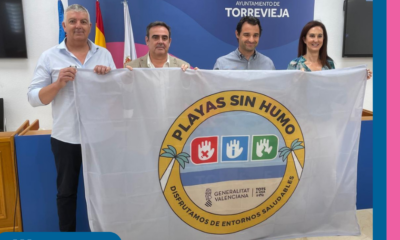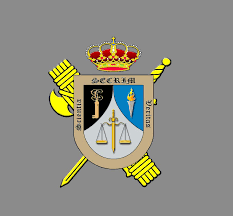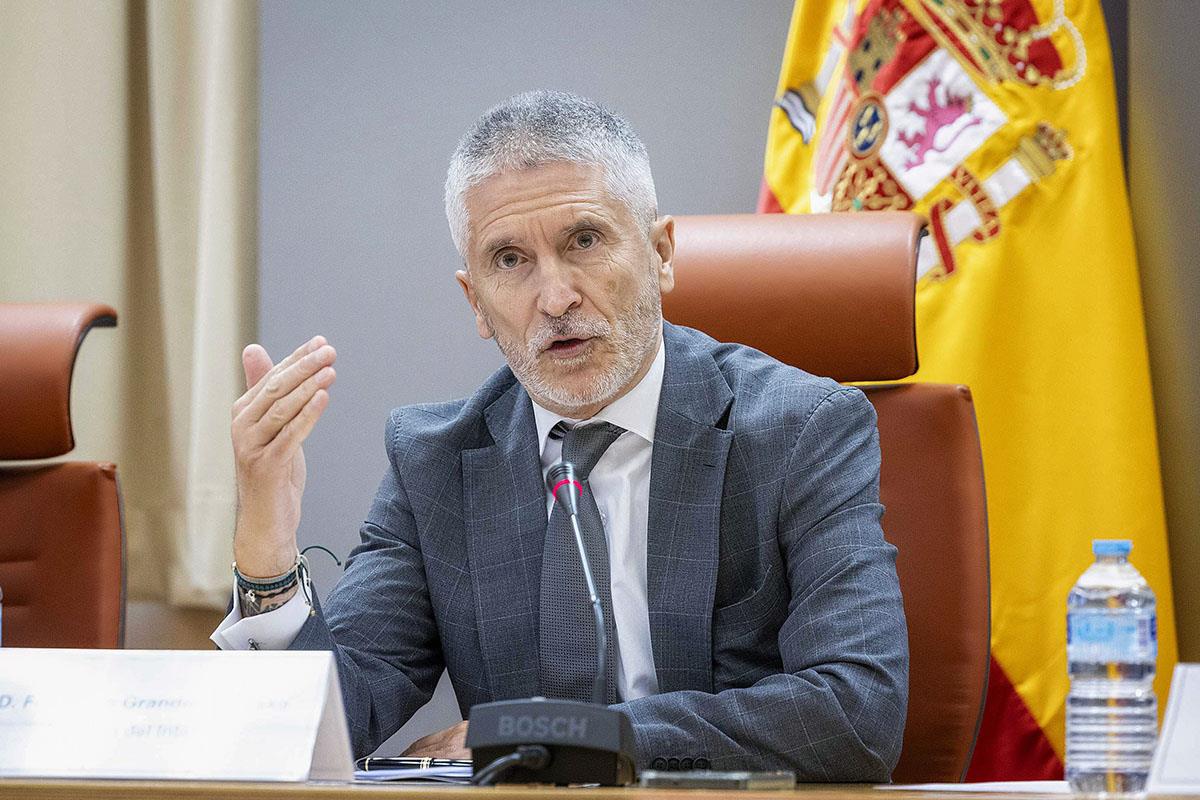
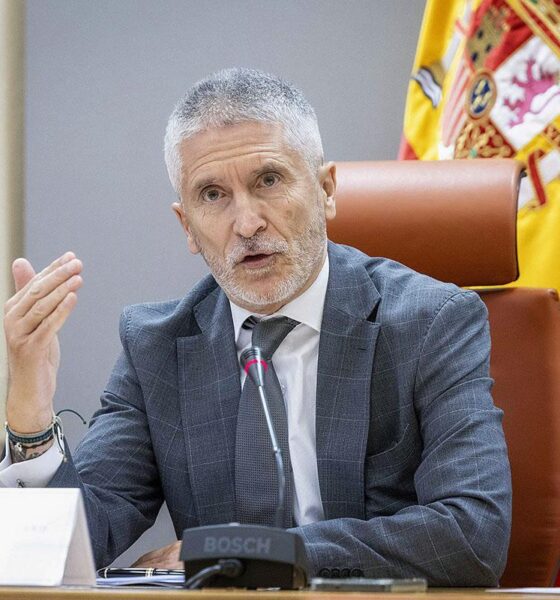
Driving in Spain
New Package of Measures to Reduce Road Traffic Incidents
The Minister of the Interior, Fernando Grande-Marlaska, has presented a package of measures with which the General Directorate of Traffic (DGT) aims to reduce the number of traffic incidents and the fatal consequences.
Grande-Marlaska explained the measures adopted at an information event held at the DGT headquarters, in which he was accompanied by the undersecretary of the ministry, Susana Crisóstomo; the general director of Traffic, Pere Navarro and the general chief of the Traffic Group of the Guardia Civil, Tomás García.
In the first quarter of the year, 261 people died on interurban roads, 36 more people than in the same period of the previous year, an increase of 16 percent in statistics in which the normal variation in road incidents fluctuates by more /minus 5 percent. The injured hospitalised as a result of the incidents have been 908, one more than in the same period in 2023.
“We cannot remain impassive, it is imperative to break this upward trend in road mortality,” explained Grande-Marlaska, “and that is why I asked the General Directorate of Traffic to analyse the incidents to identify what had happened during the first three months of the year and, based on that diagnosis, develop a shock plan with concrete measures to be executed immediately”.
X-ray of the incident
Before exposing the measures, the Minister of the Interior has pointed out the most significant characteristics of the incident rate in this first quarter:
- Greater lethality of incidents. The number of deaths has increased more than the number of hospitalised injuries.
- Deaths on motorways have increased by 50% compared to the same period last year, while on conventional roads the increase has been 5%.
- According to preliminary reports from the Traffic Group of the Guardia Civil, there have been more serious incidents involving alcohol and inappropriate speed.
- The number of deaths traveling by car and motorcycle has increased by 23 percent. The greatest increase in fatal motorcyclists occurred on motorways. Commercial vehicles, especially trucks, have also increased their participation in mortality.
- All types of incidents, except victims being knocked down, have suffered increases. Road departures and collisions continue to be the most frequent. In the case of conventional roads, frontal collisions do not vary compared to the same period of the previous year, but lateral and frontolateral collisions do, which have increased.
- The number of people killed on a weekday increases by 29 percent while on the weekend the increase is only 1 percent. In the case of motorcycles, the highest incident rate was recorded on the weekend (+43%), while during the week the increase was 4%.
- By age, almost all of the increase in deaths occurred between 45 and 54 years of age (from 40 to 61 deaths).
This increase in incidents must be put in the current context, which is characterised by an increase in mobility and a general situation of worsening road safety that is shared at the European level and which is causing significant increases in road mortality in countries like Ireland, where deaths increased by 29 percent in the first quarter of this year, or in France, where the increase was 13 percent.
The new measures
The measures announced today by the Minister of the Interior are the following:
1) Increased automated speed monitoring
95 new fixed speed control points will be installed on the roads, of which 60 percent will be sectional.
2) Net increase in the Traffic Group workforce
By the end of the year, 150 new agents will have joined the Traffic Group of the Guardia Civil, which will increase its effective presence and the visibility of its motorists on the road.
3) Greater surveillance on motorways
In those communities where the increase in deaths has occurred on high-capacity roads (Andalusia and the Valencian Community) will be increased to reach 50 percent (until now it was 30 compared to 70 percent on conventional roads), the surveillance of the Traffic Group of the Guardia Civil on these roads to increase their visibility and reach the largest possible number of users. In the rest of the communities, surveillance services will adapt to the incident rate that occurs on their roads.
Static patrols with high visibility, dynamic patrols and the use of unmarked commercial vehicles are some of the surveillance modes. Likewise, the services of the Traffic Group will be directed to the sections and times of day that have recently been identified as most dangerous.
In addition, throughout the road network, actions will be increased through the Intelligent Transportation Systems (ITS) network: increased information through variable information panels, greater surveillance through cameras in areas with greater impact, greater monitoring of the most affected roads by the Traffic Management Centres (CGT), as well as greater air control through the Air Media Unit (UMA).
4) Increased alcohol and drug controls
The preventive blood alcohol tests to be carried out on the roads will be increased by 400,000 to reach six million by the end of this year. Likewise, drug controls are increased by 20,000 to reach 120,000 carried out in December 2024.
5) Reinforcement of motorcyclist safety
Control and surveillance campaigns aimed at motorcyclists will be intensified on weekends between June and October, months in which the presence of this group is more frequent.
Use of camouflaged motorcycles in those sectors of the autonomous communities with the greatest presence of motorcyclists (Andalusia, Valencia, Galicia, Castilla y León, the Balearic Islands and the Canary Islands). The use of these vehicles will be prioritised at the times and roads with the highest incident rate.
Information and prevention campaign aimed at motorcyclists through the publication and distribution of a leaflet and a brochure on road safety. In addition, awareness messages about this group and its vulnerability will be increased through social networks, variable message panels and any other available means.
6) Intensification of surveillance on professional transportation
Surveillance of professional and van transport will be increased, especially on weekdays. Likewise, more alcohol and drug tests will be carried out on professional drivers.
7) Promotion of territorial actions
In each of the autonomous communities, various actions will be applied to improve road safety. This includes a specific analysis of the incident rate in collaboration with the Traffic Group of the Guardia Civil and the road owners, the updating of service orders in all Sectors of the Group based on the general director’s surveillance framework instruction Traffic and collaboration with road owners to identify sections where user safety can be improved through infrastructure measures.
8) Information, awareness and promotion of preventive culture
Concrete actions will be implemented to address the incident rate and promote awareness of this problem. These measures include the public presentation of this shock plan, the strengthening of communications through press releases, social networks and its own media. Variable messaging panels will be used intensively to disseminate road safety awareness messages, especially adapted to the specific characteristics of the road or section in question and the incident rate present in said area.
-

 Health1 week ago
Health1 week agoEight out of ten melanomas are curable if detected early
-

 Around Spain2 weeks ago
Around Spain2 weeks agoBoth Main Political Parties Increase Vote Share but Lose Votes in Torrevieja
-

 News1 week ago
News1 week agoIKEA building refugee support plan
-
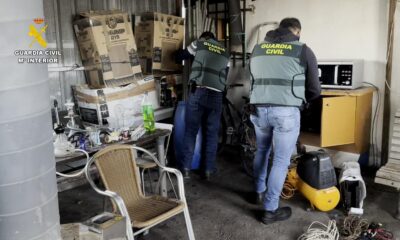
 Crime and Policing2 weeks ago
Crime and Policing2 weeks agoCriminal group dedicated to cocaine trafficking dismantled










